Discover the captivating world beneath the waves with expert tips and insights into marine photography. From vibrant coral reefs to serene underwater landscapes, marine photography captures the essence of the ocean in its purest form. Whether you’re a seasoned photographer or just beginning, this guide offers a comprehensive exploration of the best marine photography scenes and techniques to help you create stunning visuals that do justice to the ocean’s beauty. Explore the secrets to capturing breathtaking shots, overcoming common challenges, and learning from the pros to elevate your underwater photography game.
Key Takeaways
- Understand Unique Challenges: Underwater photography presents unique difficulties, including light scattering and the need for specialized equipment.
- Master Essential Techniques: Employ techniques like staying close to subjects, using flash effectively, and maintaining neutral buoyancy for stability.
- Tackle Difficult Subjects: Overcome challenges with strategies such as avoiding reflections and employing macro settings for intricate details.
- Leverage Resources: Explore expert tips and galleries via provided links to enhance your marine photography skills.
- Edit for Optimal Results: Post-process photos to restore colors and details, ensuring your captures shine despite underwater conditions.
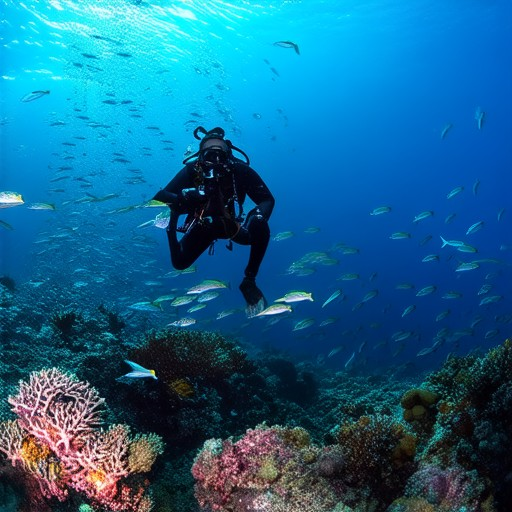
How to Do Marine Photography
- Essential Gear: Invest in a high-quality underwater housing for your camera. Use a waterproof casing to protect your equipment. Consider using a tripod for stability in moving waters.
- Lighting Basics: Utilize natural light for vibrant colors but be prepared to use artificial lighting when natural light is scarce. Look for shaded areas to avoid harsh sunlight reflections.
- Composition Techniques: Apply the rule of thirds and leading lines to frame your shots effectively. Capture macro details to highlight textures and patterns in the marine environment.
- Subject Engagement: Get close to your subject to fill the frame. Pay attention to the behavior of marine life to capture unique moments like fish swimming or dolphins jumping.
- Careful Editing: Post-process your photos using software like Adobe Lightroom or GIMP to adjust colors, contrast, and exposure. Remove distractions and enhance clarity.
- Practice and Study: Experiment with different angles and perspectives. Study works from professional photographers to inspire your own style and improve your technique.
Sailing Photo Awards offers a wealth of resources and inspiration for marine photography enthusiasts. Explore their gallery and blog for tips, guides, and community stories that can elevate your underwater photography.
Discover more about Sailing Photo Awards
What is it Called When You Take Pictures of the Ocean?
Taking pictures of the ocean is referred to as seascape photography . This genre focuses on capturing the beauty and essence of coastal areas, beaches, and the vast expanse of the sea. It involves photographing elements such as crashing waves, sandy shores, dramatic skies, and the distant horizon. Seascape photography often emphasizes lighting, composition, and the interplay between land and water to create visually striking images.
Seascape photography is distinct from underwater photography, which typically focuses on the marine environment below the surface. While both genres involve water, they cater to different aspects of the subject matter. Whether you’re documenting the serene tranquility of a calm ocean or the powerful force of stormy seas, seascape photography allows you to capture the dynamic beauty of the ocean in all its forms.
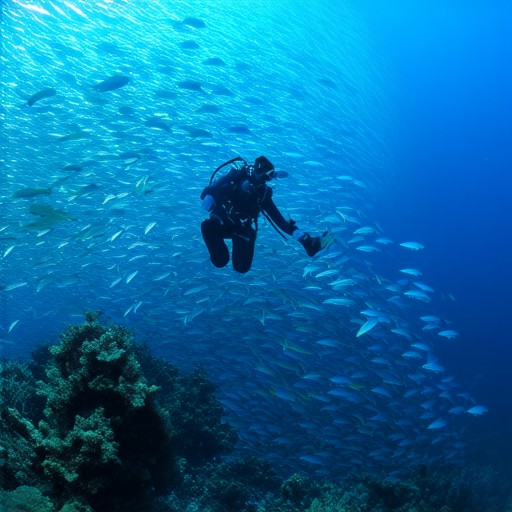
Best Shutter Speed for Underwater Photography
The optimal shutter speed for underwater photography depends on various factors, including water clarity, subject movement, and lighting conditions. Here’s a structured approach to determining the best settings:
- General Range: A common recommendation is a shutter speed between 1/125 and 1/160 seconds. This range is effective for capturing sharp images in most underwater scenarios, preventing motion blur, and handling the unique properties of water, such as refraction and light scattering.
- Calm Conditions: In clearer waters with minimal movement, slower speeds like 1/60 to 1/100 seconds may suffice, especially for static subjects or gentle currents.
- Fast Moving Subjects: For active subjects like swimming fish or marine life, increase the shutter speed to around 1/200 to 1/400 seconds to freeze the action effectively.
- Low Light Situations: In darker environments, slower speeds (1/40 to 1/80 seconds) might be necessary to gather enough light, though this risks motion blur. Combine with a wider aperture to enhance light capture.
- Sync Speed Consideration: Ensure your camera’s sync speed matches your shutter speed, especially when using external flashes. Proper synchronization prevents issues like ghosting or underexposure.
Remember, the best shutter speed is often situational. Experiment with different speeds in your specific environment to achieve the sharpest and most dynamic underwater shots.
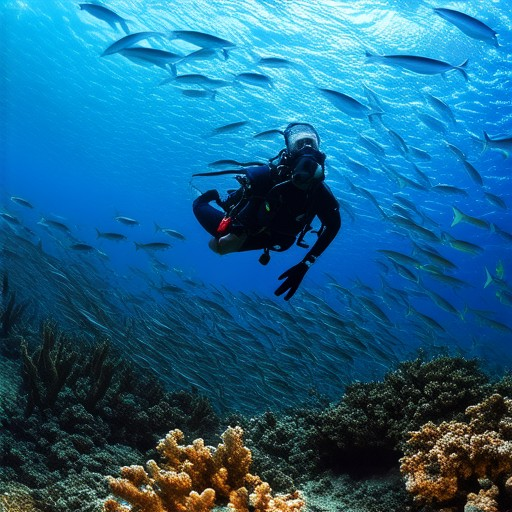
Why is Underwater Photography Difficult?
Underwater photography presents a unique set of challenges that make it significantly more demanding than shooting in typical environments. Here are the primary reasons:
- Light Scattering : Underwater environments absorb and scatter light, leading to reduced visibility and color distortion. This makes it difficult to capture true colors and sharp details.
- Specialized Equipment : Underwater photography requires specific gear, such as waterproof cameras, dedicated lenses, and lighting systems. These are often more expensive and less versatile than standard equipment.
- Subject Movement : Marine life is typically mobile, making it challenging to pose subjects or keep them in frame. This requires quick reflexes and precise timing.
- Buoyancy Control : Managing buoyancy while underwater can be unpredictable, especially when using scuba gear, which complicates movement and stability.
- Lighting Constraints : Natural light underwater is often harsh and directional, creating shadows and uneven illumination. Artificial lighting must be carefully managed to avoid these issues.
- Risk of Equipment Failure : Saltwater exposure can damage sensitive electronics, necessitating the use of sealed, waterproof devices.
- Environmental Stress : The physical demands of underwater exploration, such as handling heavy gear and navigating currents, can be physically taxing and mentally challenging.
These factors collectively make underwater photography a skill that requires significant practice, knowledge, and investment in specialized equipment.
What is the Best Technique for Underwater Photography?
Underwater photography requires careful planning and technique to capture stunning shots. Here are some expert tips to help you excel:
- Get Close to Your Subject – Stay within 12 inches of your subject to maximize detail and minimize distortion caused by water.
- Use Proper Lighting – Enable your camera’s flash and consider using “forced flash mode” to ensure consistent lighting and vibrant colors.
- Compose Thoughtfully – Position yourself low and shoot from an upward angle. Avoid centering the subject and aim to fill the frame with your main focus.
- Master Neutral Buoyancy – Control your buoyancy to stay steady and stable, which is crucial for sharp images.
- Shoot in Natural Light – Look for soft, diffused light that enhances textures and colors, often found around midday or in shaded areas.
- Edit Your Photos – Adjust white balance and exposure carefully to bring out colors and details that may be lost in the water.
For more tips and inspiration, explore the Sailing Photo Awards Gallery and discover how professionals capture amazing underwater moments. Want to learn more? Check out our Photography Tips Section for advanced techniques and workflows.
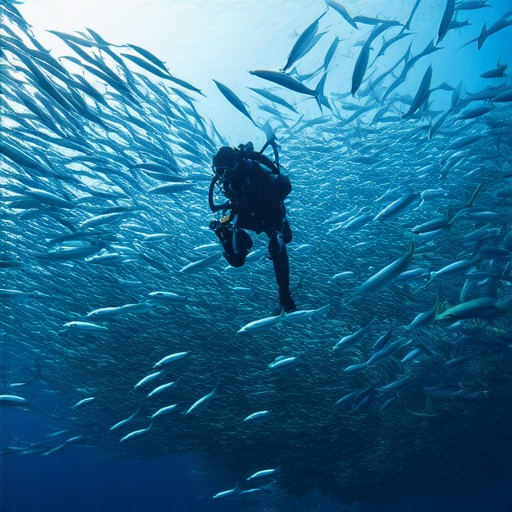
The Hardest Things to Photograph
Photography requires skill, patience, and sometimes a bit of luck. Certain subjects present unique challenges due to their properties or the conditions required to capture them effectively. Here are some of the hardest things to photograph:
- Mirrors : Reflective surfaces like mirrors, glasses, or even water can be extremely difficult to photograph accurately. The light reflects in various directions, making it hard to capture a clear image without unwanted glare or distortion.
- Water Droplets : The tiny ripples and surface tension of water droplets can create intricate patterns that are challenging to freeze in time. This is often seen in macro photography.
- Fire : Capturing the dynamic, unpredictable movement of fire is challenging due to its rapid changes in color and intensity. It requires fast shutter speeds and precise timing.
- Wildlife : Animals in their natural habitats often move quickly, making it hard to get clear shots. Low-light conditions during early or late hours further complicate capturing sharp images.
- Extreme Weather Conditions : Storms, sandstorms, or heavy rains can damage equipment and make it difficult to set up stable shots. Adverse weather can also limit visibility and lighting options.
- Reflections : Objects reflecting off surfaces like glass or water can distort the scene, making it hard to capture the true perspective. Finding the right angle to minimize reflections takes practice.
Mastering these challenges requires understanding the properties of the subject and experimenting with techniques like using polarizing filters or shooting during specific times of day. With practice, you can overcome many of these obstacles and capture stunning photos.
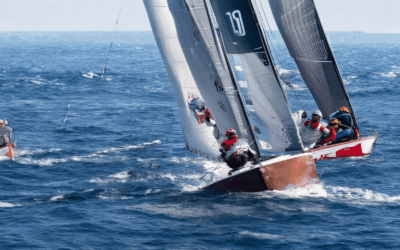
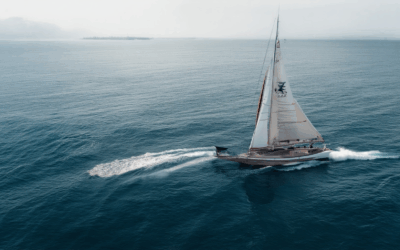
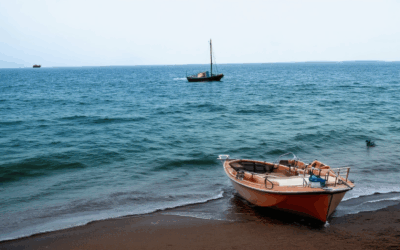
0 Comments